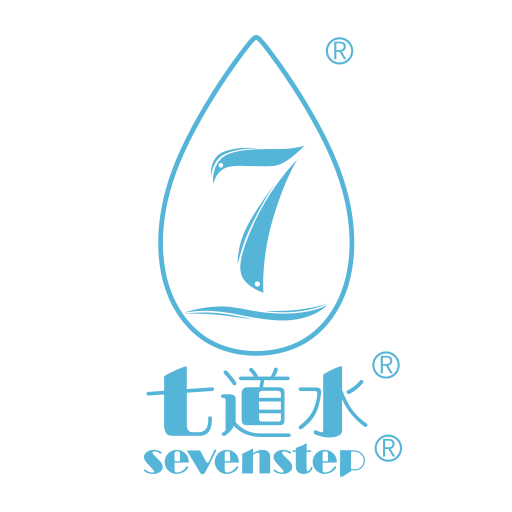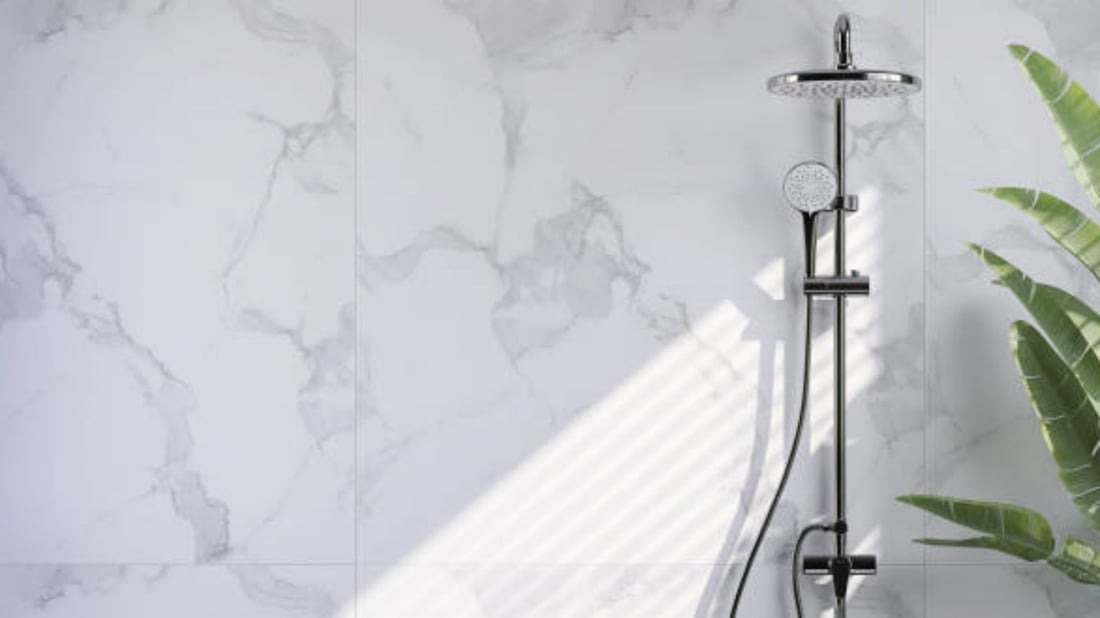Introduction
When it comes to showering, one of the most important components is the shower hose. It plays a crucial role in directing water flow and providing flexibility during use. Whether you're looking to replace an old hose or install a new one, this comprehensive guide will help you understand the different aspects to consider when choosing and using a shower hose.
1. Understanding Shower Hose Materials
A shower hose can be made from various materials, each offering different benefits. The most common materials include stainless steel, plastic, and rubber. Stainless steel hoses are durable, resistant to corrosion, and have a sleek appearance. Plastic hoses are lightweight, affordable, and easy to clean. Rubber hoses are flexible and soft, making them ideal for handheld showers. Consider your preferences and needs when selecting the material for your shower hose.
2. Length and Flexibility
Shower hoses come in various lengths, typically ranging from 1.5 to 2.5 meters. It's important to choose a length that suits your specific needs. Longer hoses provide more flexibility and freedom of movement, especially if you have a large shower area. However, keep in mind that longer hoses may be more challenging to manage and may require additional support to prevent tangling.
3. Hose Fittings and Compatibility
When purchasing a shower hose, ensure that it is compatible with your existing showerhead and faucet. Most hoses have standard fittings that fit into most showerhead designs. However, it's always a good idea to double-check the compatibility to avoid any inconvenience. Additionally, look for hoses with solid brass fittings, as they are more durable and less prone to leaks.
4. Consider Water Pressure
Water pressure plays a crucial role in determining the performance of your shower hose. Some hoses are designed to handle high water pressure, while others are more suitable for low-pressure systems. If you have low water pressure, consider choosing a hose with a wider diameter to ensure a satisfying shower experience. On the other hand, if you have high water pressure, opt for a hose with a narrower diameter to prevent excessive water wastage.
5. Maintenance and Cleaning
Regular maintenance and cleaning are essential to prolonging the lifespan of your shower hose. To prevent clogs and blockages, flush the hose with clean water regularly. Avoid using abrasive cleaners or scrub brushes that may damage the hose's surface. If you notice any leaks or cracks, consider replacing the hose promptly to prevent water damage.
6. Handheld vs. Fixed Shower Hoses
Shower hoses come in two main types: handheld and fixed. Handheld hoses offer more flexibility and are ideal for individuals who prefer versatility during their showers. They allow you to direct the water flow precisely where you need it. Fixed hoses, on the other hand, are mounted to the wall and provide a more traditional showering experience. Consider your preferences and specific needs when deciding between a handheld or fixed shower hose.
7. Additional Features and Accessories
Some shower hoses come with additional features and accessories to enhance your showering experience. For example, some hoses have built-in water filters to remove impurities and improve water quality. Others may have adjustable spray settings or massage functions. Consider these additional features and accessories to customize your showering experience according to your preferences.
8. Installing a Shower Hose
Installing a shower hose is a relatively simple process that can be done by most homeowners. Start by turning off the water supply to the shower. Unscrew the existing hose from the showerhead and faucet. Apply plumber's tape to the threads of the new hose to ensure a tight seal. Screw the new hose onto the showerhead and faucet, making sure not to overtighten. Finally, turn on the water supply and check for any leaks.
9. Troubleshooting Common Issues
Sometimes, shower hoses may encounter common issues such as leaks or reduced water flow. To troubleshoot leaks, check the fittings and ensure they are tightly secured. If the hose itself is damaged, consider replacing it. For reduced water flow, remove the showerhead and check for any blockages or debris. Cleaning or replacing the showerhead may solve the issue.
10. Upgrading Your Showering Experience
A high-quality shower hose can significantly enhance your overall showering experience. By choosing the right material, length, and fittings, you can enjoy improved flexibility, water flow, and durability. Consider upgrading your shower hose to transform your daily showers into a more luxurious and enjoyable experience.

